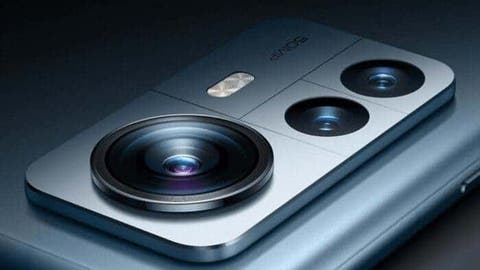Sony began developing CMOS image sensors in 1996, and in 2000, the first commercial Sony IMX001 sensor was released. More than twenty years have passed and the Japanese company controls 46% of the image sensor market, achieving impressive results over the past time.
Its sensors are readily purchased and installed in smartphones. For example, the well-known Sony IMX766 is currently adopted by more than 100 models on the market. Recall that the optical format of this sensor is 1/1.56″ and the size of each pixel is 1.00 microns. The larger the sensor and the pixel size, the more light it can capture.
Last year, Sony introduced the Xperia PRO-I smartphone, which featured an inch sensor with phase detection autofocus. True, it later turned out that this sensor was more marketing than practical. It turned out that its potential is used only by 60%. The company did not hide it, pointing out on its website that the percentage of actually used area is only 60% of the total area.
Sony is working on the largest image sensor
Now Sony is working and testing a new sensor, the largest in the industry. Its resolution will be 50-megapixels with an optical format of 1/1.1 inches. It is possible that we are talking about the mysterious Sony IMX8XX sensor, information about which has already appeared on the network. Rumor has it that we will see a new sensor in the future flagships of Xiaomi, Huawei and Vivo.
Strategy Analytics has published the results of a study of the global market for image sensors for smartphone cameras. There is indeed a big demand in the industry for high-resolution sensors and multi-module camera systems.
In 2021, there are estimations that the market volume in monetary terms reached $15.1 billion, which is approximately 3% more than the result for 2020. Moreover, in the last quarter of last year, growth amounted to more than 10%.
Sony is the largest supplier of image sensors for mobile device cameras. Last year, this company occupied almost half of the world market – 45% in monetary terms.
In second place is Samsung with a share of approximately 26%. Rounding out the top three is OmniVision, which controls 11% of the industry. Thus, the top three suppliers occupy 82-83% of the market. All other players collectively control only 17% of the industry in monetary terms.
Analysts predict that large-format and high-resolution sensors will be key market drivers for the foreseeable future. However, we will discover more in this regard in the upcoming few months.
